TOP STABILTY RUNNING SHOES IN 2025
Best Running Shoes For Flat Feet And Knee Pain
Hello, fellow runners! Today, I’m diving into the complex and sometimes overwhelming world of running shoes, with a special focus on stability, those often-overlooked gems of the footwear world. Before I get into the details of the stability category (and yes, that’s coming soon), let’s take a quick look at the broader classifications. Choosing the right pair can feel daunting, but it’s a decision that’s well worth the effort, like finding the perfect companion for your running journey.
When I first started running, I assumed any shoe would do. Grab a pair, hit the ground, and go, right? Not quite. I quickly learned there’s a lot more to it, and I’ve had my share of missteps along the way. Whether you’re new to running like I once was or a seasoned pro, stick with me. We’ll navigate this shoe puzzle together, and maybe even enjoy the process a little.
A Quick Sneaker 101: The Core Running Shoe Categories
Before we get to the stability shoe deep dive, let’s break down the main categories. Picture this as your cheat sheet for the shoe store (or that late-night online shopping spree).
Neutral Running Shoes
These are designed for runners with a natural foot strike and minimal pronation. They provide a balanced combination of cushioning and support without added stability features, making them a great choice for those with normal arches. If you love a flexible, lightweight feel, neutral shoes might be your best bet.
.
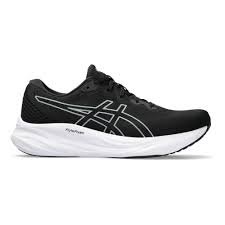
Stability Running Shoes
Stability shoes are built for those who experience mild to moderate overpronation (when your foot rolls inward too much as you run). They offer extra arch support and structured cushioning to keep your stride in alignment and reduce injury risk. If you need some control but don’t require heavy-duty correction, stability shoes could be for you.
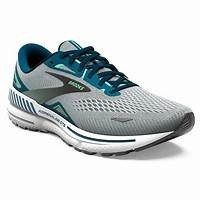
Motion Control Running Shoes
If you have severe overpronation or flat feet, motion control shoes are designed for you. They provide maximum support and reinforced arch structures to prevent excessive rolling inward. These shoes are the most corrective option for runners who need strong stability features.
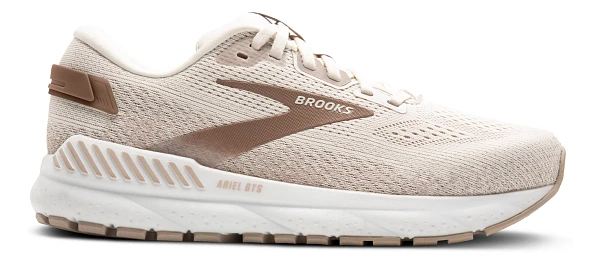
Cushioned Running Shoes
Love a soft, plush feel? Cushioned running shoes are all about shock absorption and comfort. They’re perfect for high-mileage runners or those who prefer a little extra padding underfoot. If stability or motion control isn’t a concern for you, and comfort is your priority, then cushioned shoes are worth checking out.
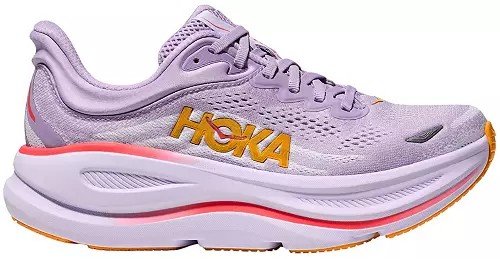
Got the basics? Good.
Now, let’s lace up and dive into the world of stability shoes, my personal choice and the reason I’m still running mostly pain-free today.
So, what’s a Stability Shoe, anyway?
Picture this: I’m mid-run, feeling great, when suddenly my knees or ankles start experiencing pain typically on the medial side(inside). Turns out, I’m an overpronator and my feet roll inward too much, throwing everything off. Enter stability shoes, my foot avenger coming to the rescue. These shoes are designed for people like me, offering a perfect mix of cushioning, arch support, and what I call “medial magic” (a firmer bit in the midsole that keeps my foot from going rogue).
Here’s the rundown of their key features, based on documented design and my trial-and-error adventures:
Medial Support: That firm post inside the midsole? It’s like a tiny stability bar for my overpronation, keeping it in check.
Arch Support: Low arches? Fallen arches? These shoes prop them up like a good wedge for your feet.
Heel Counter: A sturdy heel structure that says, “Stay put, buddy.”. Keeps the heel in place so not to move side to side causing more pain or damage.
Moderate Cushioning: Comfortable but not too squishy—think Goldilocks-level “just right.”
Durable Outsole: Extra traction and toughness, because my feet deserve a solid foundation. This not only extends the shoe’s lifespan but also minimizes wear and prevents the formation of an uneven landing surface, which could lead to increased overpronation
.
Still Unsure if Stability is the right choice?
If you’re still unsure if Stability is for you, I’ve included a few real-world examples below. While they may not match your exact situation, I bet you’ll find some similarities that relate to your own experiences. These scenarios highlight common issues and solutions, helping you understand how different shoe choices impact performance and comfort. Take a look, you might just see yourself in one of these examples
Runner with Overpronation & Knee Pain
Why They Chose Stability Shoes: They noticed excessive wear on the inner side of their running shoes and developed knee pain after running.
Benefits Experienced:
✔ Reduced knee pain
✔ Better running efficiency
✔ Longer-lasting shoes

Office Worker with Flat Feet & Foot Fatigue
Why They Chose Stability Shoes: Spent long hours standing and experienced foot fatigue and mild heel pain.
Benefits Experienced:
✔ Increased all-day comfort
✔ Improved posture
✔ Less strain on lower legs
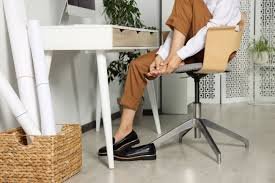
Gym-Goer Experiencing Shin Splints
Why They Chose Stability Shoes: Developed shin splints from treadmill running and HIIT workouts.
Benefits Experienced:
✔ Less shin pain
✔ More stability during workouts
✔ Increased confidence in movement
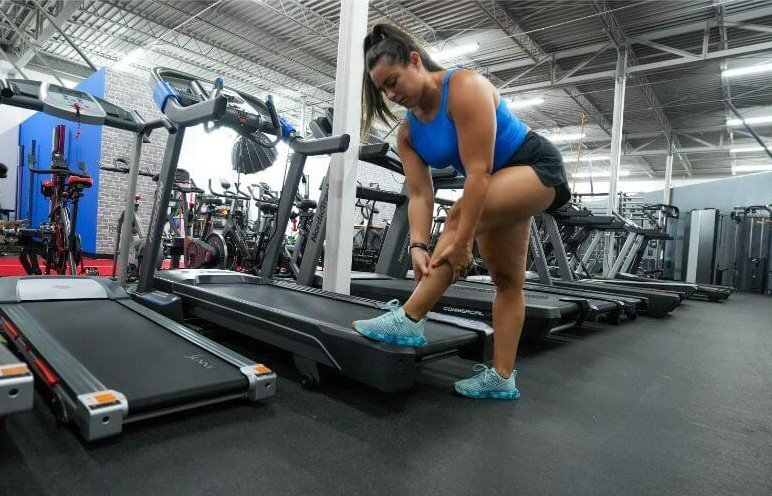
Casual Walker with Plantar Fasciitis
Why They Chose Stability Shoes: Developed heel pain and needed extra arch support.
Benefits Experienced:
✔ Heel pain reduced significantly
✔ Able to walk longer distances
✔ Better foot support overall
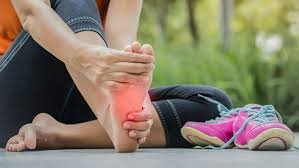
Nurse Standing for Extended Hours
Why They Chose Stability Shoes: Experienced foot and lower back pain after long shifts.
Benefits Experienced:
✔ Less fatigue at the end of shifts
✔ Improved posture and comfort
✔ Reduced foot pain

But wait, I’m an overpronator, I have tried Stability shoes, but they caused me some pain. Why is this happening?
- Excessive Support: If you’re neutral or supinate (roll outward), stability shoes might overcorrect you into discomfort. My arches were not happy.
- Bad Fit: Too tight? Too loose? A firm midsole amplifies sizing sins. I got blisters once and learned my lesson.
- Too Firm: Some stability shoes skimp on cushioning, and my knees felt every jolt. I needed a softer ride, it might be good to look into a cushioned running shoe.
If you’re hurting, try a different pair or get a pro to check your fit. It’s worth it, I promise.
Top 5 running Stability Shoes

Brooks Adrenaline GTS 23
The Brooks Adrenaline GTS 23 continues its legacy as a reliable stability shoe, offering a balance of cushioning and support suitable for daily training.
Pros: Great stability support, comfortable upper, breathable design.
Cons: May feel stiff out of the box, lacks springiness for speed workouts.
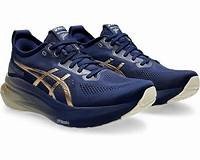
ASICS Gel-Kayano 31
The ASICS Gel-Kayano 31 is renowned for its plush cushioning and enhanced stability features, making it ideal for overpronators seeking comfort on long runs.
Pros: Responsive midsole, excellent ground sensitivity.
Cons: Lacks padding along the heel collar, laces may feel low-quality.
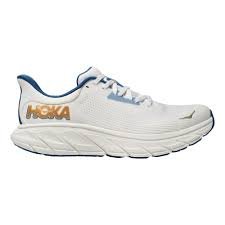
Hoka Arahi 7
The Hoka Arahi 7 offers a lightweight design with subtle yet effective stability features, providing generous cushioning without compromising support.
Pros: Premium and comfortable upper, surprisingly light, versatile for various foot strikes.
Cons: Limited breathability, low energy return, suitable primarily for narrow feet.
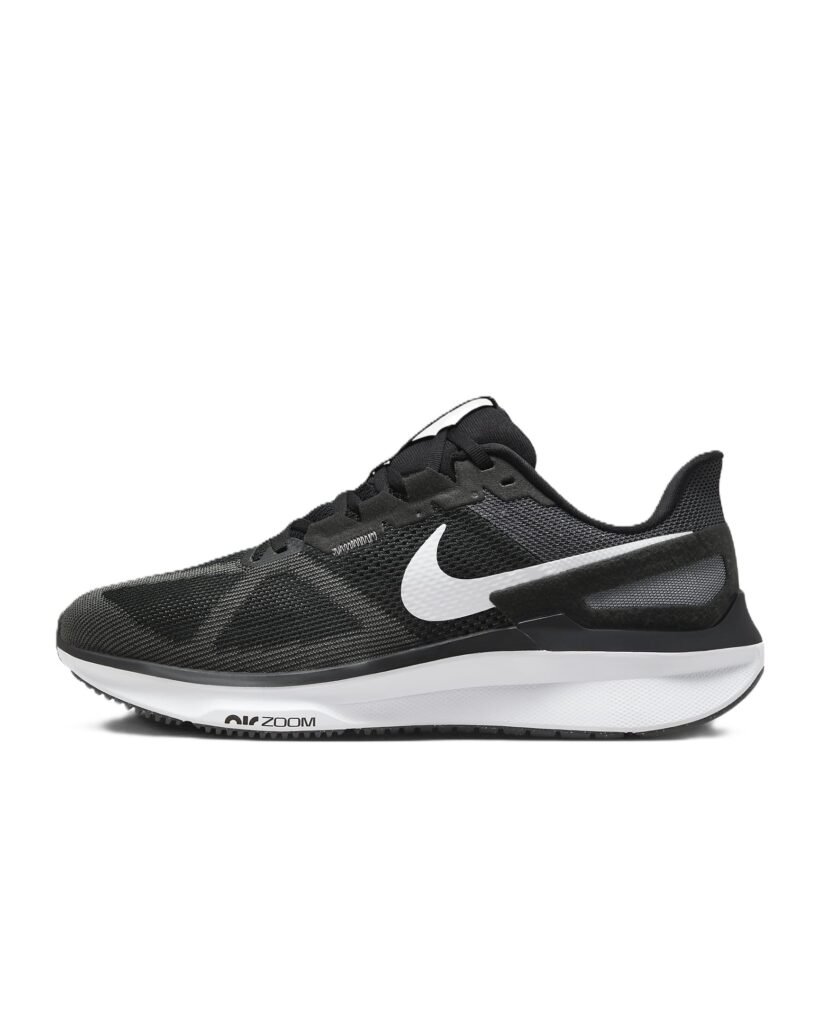
Nike Structure 25
The Nike Structure 25 provides light stability, making it suitable for mild overpronators seeking a responsive and springy ride.
Pros: Great fit, lightweight, responsive cushioning.
Cons: Offers slightly less support compared to other stability shoes.
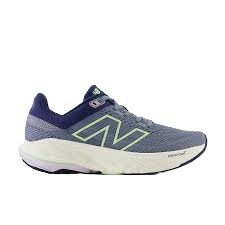
New Balance Fresh Foam X 860v14
The New Balance Fresh Foam X 860v14 combines stability with a cushioned ride, suitable for runners seeking support during daily training.
Pros: Stable platform, comfortable cushioning, durable construction.
Cons: Heavier compared to some competitors, may require a break-in period.
FINAL THOUGHTS ON BEST RUNNING SHOES FOR 2025
As a lifelong athlete and runner, I used to choose shoes based solely on how they looked or how soft they felt, rather than considering what was actually best for my gait. Over time, I’ve paid the price, experiencing increasing inner knee and hip pain from the constant impact of running with improper support. Looking back, I wish I had prioritized the right shoe earlier because the longer you wait, the more strain you put on your body.
I’m not saying a stability shoe is the perfect choice for everyone, but if you fit the profile, overpronation, flat feet, or discomfort during runs, it can be a game-changer. The right stability shoe can provide support, improve alignment, and reduce the risk of injuries that accumulate over years of improper footwear. However, finding the correct fit is key.
Prioritizing proper alignment now can mean fewer aches and pains down the road. Take care of your feet, and they’ll take care of you. Happy running!
